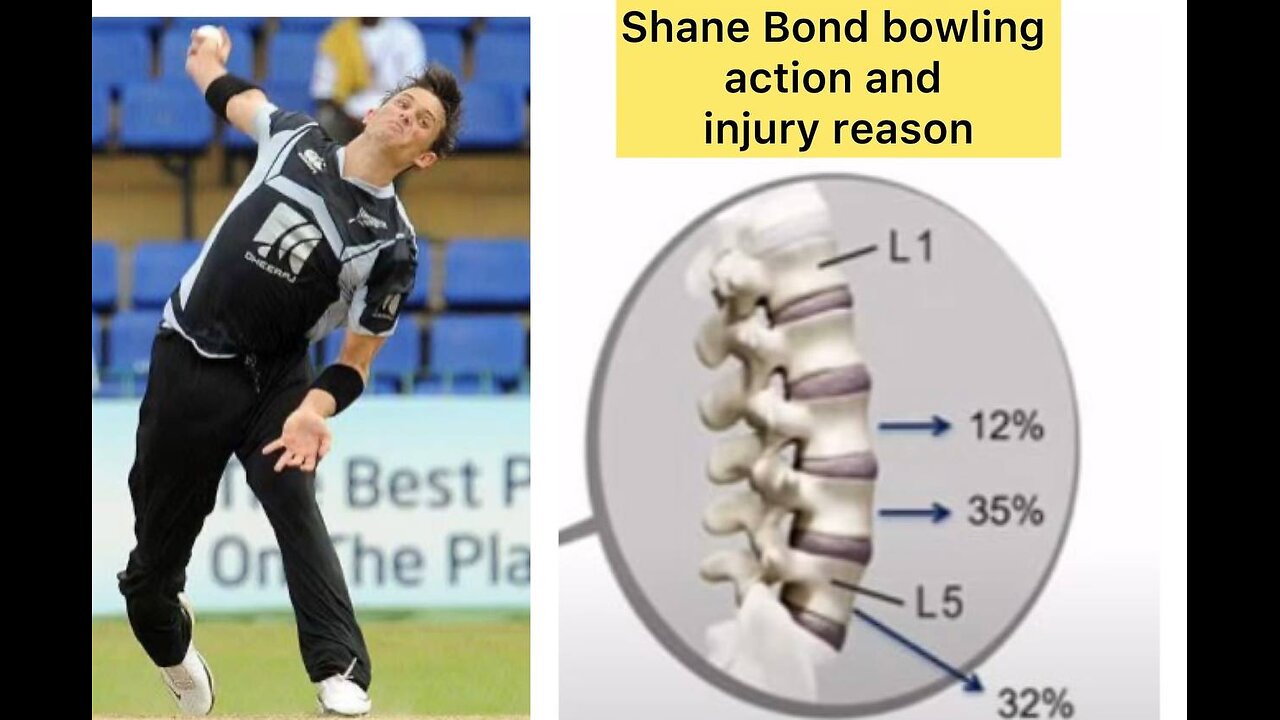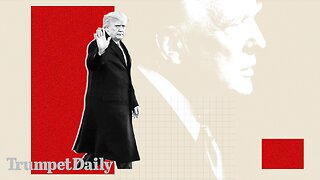Premium Only Content

Shane Bond great yorker bowling and injury woes
Shane Bond bowling .
Shane Bond Action analysis.
Shane Bond Yorker.
Shane Bond slow motion.
Shane Bond best bowling action.
Shane Bond best swing bowling.
Shane Bond bowling action slow motion.
Shane Bond hattrick.
Shane Bond bowling analysis.
Shane Bond injury.
Shane Bond vs India
Shane Bond fastest delivery
Shane Bond bowling analysis.
Shane Bond bowling against Australia.
Shane Bond killer Outswingers.
Shane Bond most amazing bowling.
Shane Bond best bowling spell.
Shane Bond super fast bowling.
Shane Bond fastest ball in cricket .
Lumbar Spine injury
L1,L2,L3,L4,L5.
Fast bowling in cricket can put significant stress on the lumbar spine, and bowlers may be susceptible to various injuries in this area. Lumbar spine injuries can occur due to the repetitive and high-impact nature of the bowling action. Common lumbar spine injuries in fast bowlers include:
Stress Fractures: Repetitive loading on the spine can lead to stress fractures, particularly in the lower back. Stress fractures may occur in the pars interarticularis, a part of the vertebra known as spondylolysis, or progress to a condition called spondylolisthesis where one vertebra slips forward over another.
Disc Injuries: The repetitive hyperextension and rotation involved in the bowling action can lead to disc injuries, such as herniation or bulging discs. This can result in pain, nerve compression, and potentially radiating symptoms into the legs.
Muscle Strains: Muscles in the lower back are heavily involved in the bowling action. Overuse or poor biomechanics can lead to strains in these muscles, causing pain and dysfunction.
Stress Fractures: Repetitive loading on the spine can lead to stress fractures, particularly in the lower back. Stress fractures may occur in the pars interarticularis, a part of the vertebra known as spondylolysis, or progress to a condition called spondylolisthesis where one vertebra slips forward over another.
Disc Injuries: The repetitive hyperextension and rotation involved in the bowling action can lead to disc injuries, such as herniation or bulging discs. This can result in pain, nerve compression, and potentially radiating symptoms into the legs.
Muscle Strains: Muscles in the lower back are heavily involved in the bowling action. Overuse or poor biomechanics can lead to strains in these muscles, causing pain and dysfunction.
Facet Joint Injuries: Facet joints in the spine can be subjected to excessive loading during fast bowling, leading to inflammation, degeneration, or injury.
Nerve Impingement: Repetitive stress on the lumbar spine can lead to nerve impingement, causing conditions like sciatica. This can result in pain, numbness, tingling, or weakness in the lower extremities.
Preventing Lumbar Spine Injuries in Fast Bowlers:
Proper Technique: Ensuring that bowlers use correct technique is crucial. Coaches should focus on biomechanics to reduce stress on the lumbar spine.
Core Strengthening: A strong core can provide better support to the lumbar spine. Including core-strengthening exercises in training programs can be beneficial.
Flexibility Training: Improving flexibility in the hips, hamstrings, and lower back can help reduce the strain on the lumbar spine during the bowling action.
-
 LIVE
LIVE
Game On!
14 hours agoPresident Trump's plan to Make the Super Bowl Great Again!
1,197 watching -
 1:00:33
1:00:33
inspirePlay
14 hours ago $1.81 earned🏌️♂️ 3 Joes vs 1 Pro Golfer – You Won’t Believe This Ending! 🤯🔥
7.91K -
 20:47
20:47
MTNTOUGH Fitness Lab
20 hours agoDELAYED: Kyrgyzstan Ibex Hunt | A MTNTOUGH Original
15K -
 59:50
59:50
Trumpet Daily
20 hours ago $4.76 earnedThe End of the Trans-Atlantic Alliance - Trumpet Daily LIVE | Feb. 17, 2025
14.6K19 -
 52:05
52:05
PMG
11 hours ago $1.18 earnedWhat Does Freedom Cost? Steven Solomon's On-the-Ground Documentary in Ukraine
8.39K -
 2:38:54
2:38:54
TimcastIRL
12 hours agoElon Secret Child Scandal ERUPTS, Ashley St. Clair Story Goes Viral w/Bethany Mandel | Timcast IRL
181K118 -
 2:04:52
2:04:52
Kim Iversen
14 hours agoElon's Pumping Out Babies Like They're Tesla Model 3's | EU Panics Over Peace Talks, Wants More War
168K163 -
 1:05:35
1:05:35
Man in America
17 hours agoFort Knox & Trump’s Secret Gold Move—The Financial Reset NO ONE Is Ready For?
119K133 -
 2:21:20
2:21:20
Robert Gouveia
14 hours agoTrump Goes to SCOTUS! Judge CAVES on DOGE? Fani Willis Not Happy!
127K33 -
 20:41
20:41
Stephen Gardner
14 hours ago🔥You Won't BELIEVE What JUST Happened To Don Trump Jr.!!
134K223